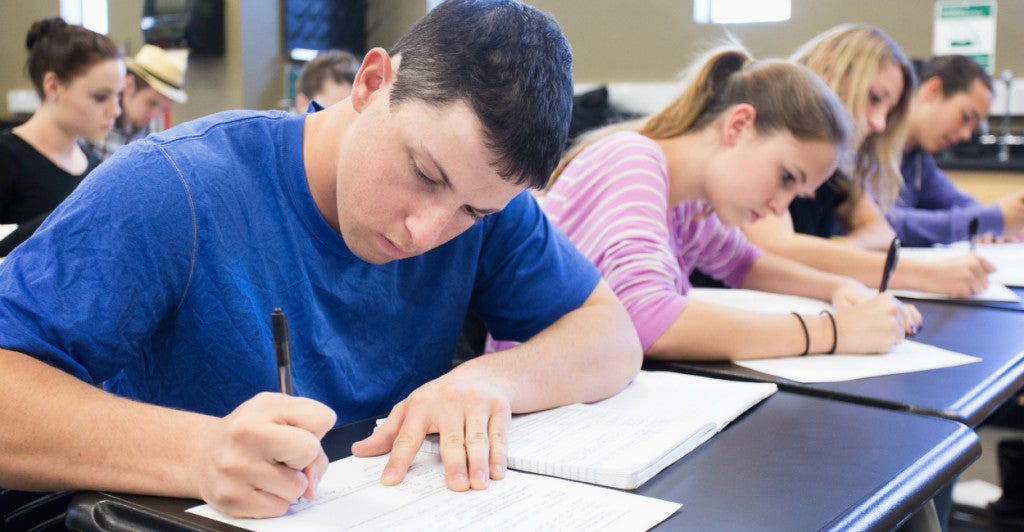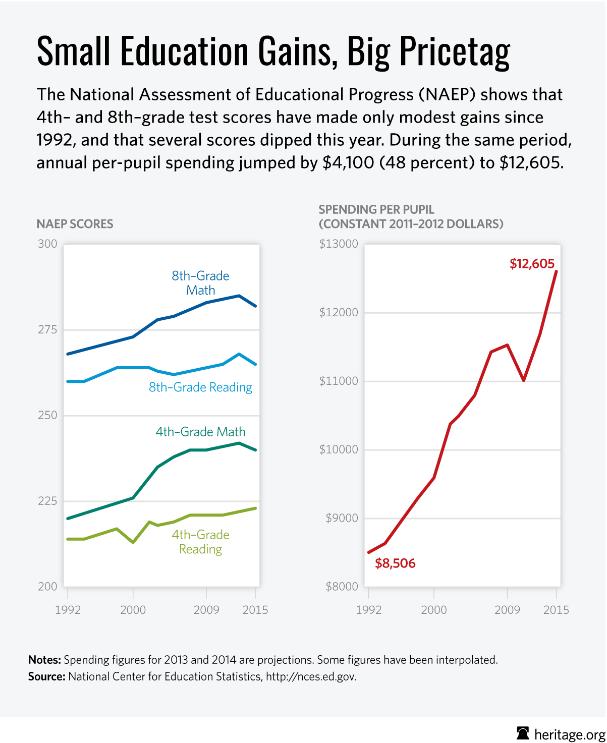The 1,061 pages of the Every Student Succeeds Act, which would reauthorize the Elementary and Secondary Education Act (currently known as No Child Left Behind) would reconstitute or create entirely new programs. Here are the top six major new codified initiatives:
- The Student Support and Academic Enrichment Program. Part A of Title IV of ESSA would establish the Student Support and Academic Enrichment Program in order to fund “well-rounded educational opportunities,” “safe and healthy students,” and the “effective use of technology.” ($1.6 billion annually)
- New Preschool Program. ESSA would establish a new preschool program to be housed at the Department of Health and Human Services (HHS) and jointly administered by the Department of Education. ($250 million annually)
- Presidential Academies for the Teaching of American History and Civics. ESSA would create the academies to provide professional development to improve the teaching of history and civics to between 50 and 300 teachers annually. It would also establish Congressional Academies, a similar initiative geared toward high school juniors and seniors. ($6.5 million annually)
- Family Engagement in Education Program. ESSA reconstitutes the former Parental Information Resource Centers into the Family Engagement in Education Program to “carry out parent education, and family engagement in education, programs.” ($10 million annually)
- New STEM Master Teacher Corps. ESSA would establish a new Science, Technology, Engineering, and Mathematics (STEM) Master Teacher Corps program, to create a network of STEM leaders. ($9.3 million annually)
- Reconstituted SIG Grants. The School Improvement Grant (SIG) program, created through the “stimulus,” is eliminated, but Title I funding grows, and its “set-aside” allowance goes from 4 percent to 7 percent, keeping SIG functions effectively intact. (As much as $1 billion of Title I funds annually)
And as a reminder, the continual accumulation of federal programs and spending has not served students or taxpayers well over the past few decades:

